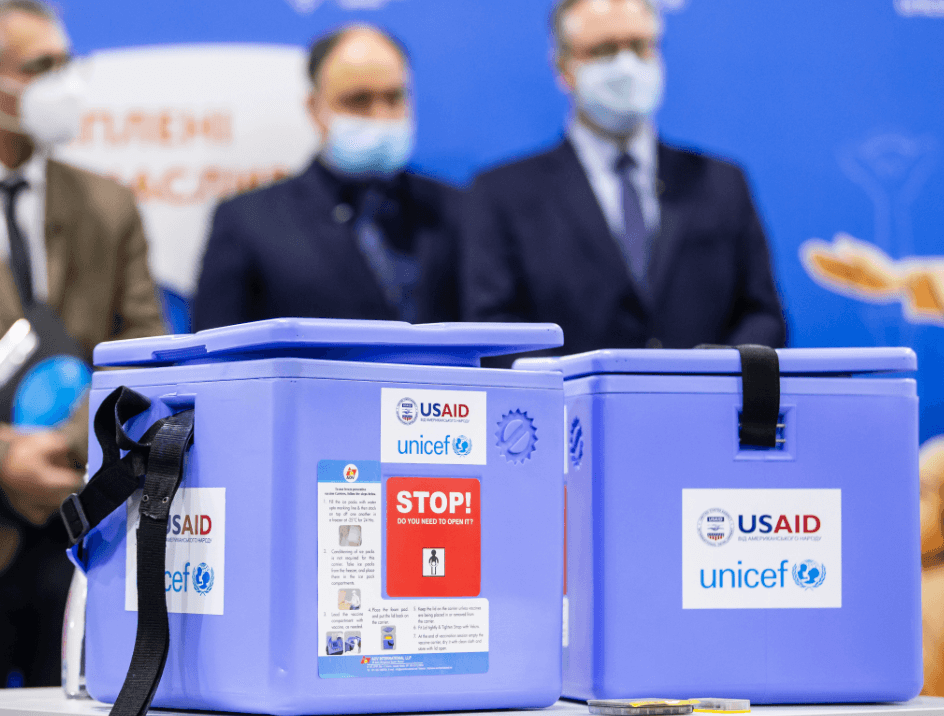
WASHINGTON (Enmaeya News) — USAID’s influence across the world is immense, and the repercussions of its recent freeze are being felt on a massive scale. Following President Trump's announcement of a 90-day suspension of USAID operations, disruptions have rippled across multiple sectors, leaving profound economic and humanitarian consequences in their wake.
One of the most immediate and devastating effects has been on the labor market. Within a single day, thousands of jobs were lost worldwide. According to Relief Web, about 14,000 employees have been placed on leave so far. The freeze has not only halted new programs but has also led to stop-work orders for existing initiatives.
The scale of U.S. foreign aid is significant, though it faces competition from other global contributors. In 2023, the United Kingdom allocated £15.3 billion for international assistance, while the European Union spent €95.5 billion. In comparison, the United States provided $72 billion in humanitarian aid and development funding.
Beyond the economic toll, the freeze has severely impacted critical health services, particularly for women, HIV patients, and those receiving tuberculosis treatments. According to The Independent, the aid cuts have denied one million women per week access to contraception. For 2023, 27% of U.S. foreign aid spending was allocated for economic development, 22.3% for health, 21.7% for humanitarian assistance, and 14.2% for peace and security. The remaining aid—roughly 15%—was allocated for a combination of programs, including democracy and governance, education, and the environment.
Among the regions most affected is sub-Saharan Africa, which has historically received one of the largest shares of USAID funding. The abrupt withdrawal of aid could have generational consequences, threatening the lives and well-being of some of the world’s most vulnerable communities.
While some programs may be reinstated after the 90-day review, those that do not align with the new administration’s priorities face a heightened risk of permanent closure. The future of USAID remains uncertain, and the question lingers: Will it return in its current form, or will it be replaced by an entirely new framework? For now, the fate of U.S. foreign aid—and the millions who depend on it—remains in limbo.



